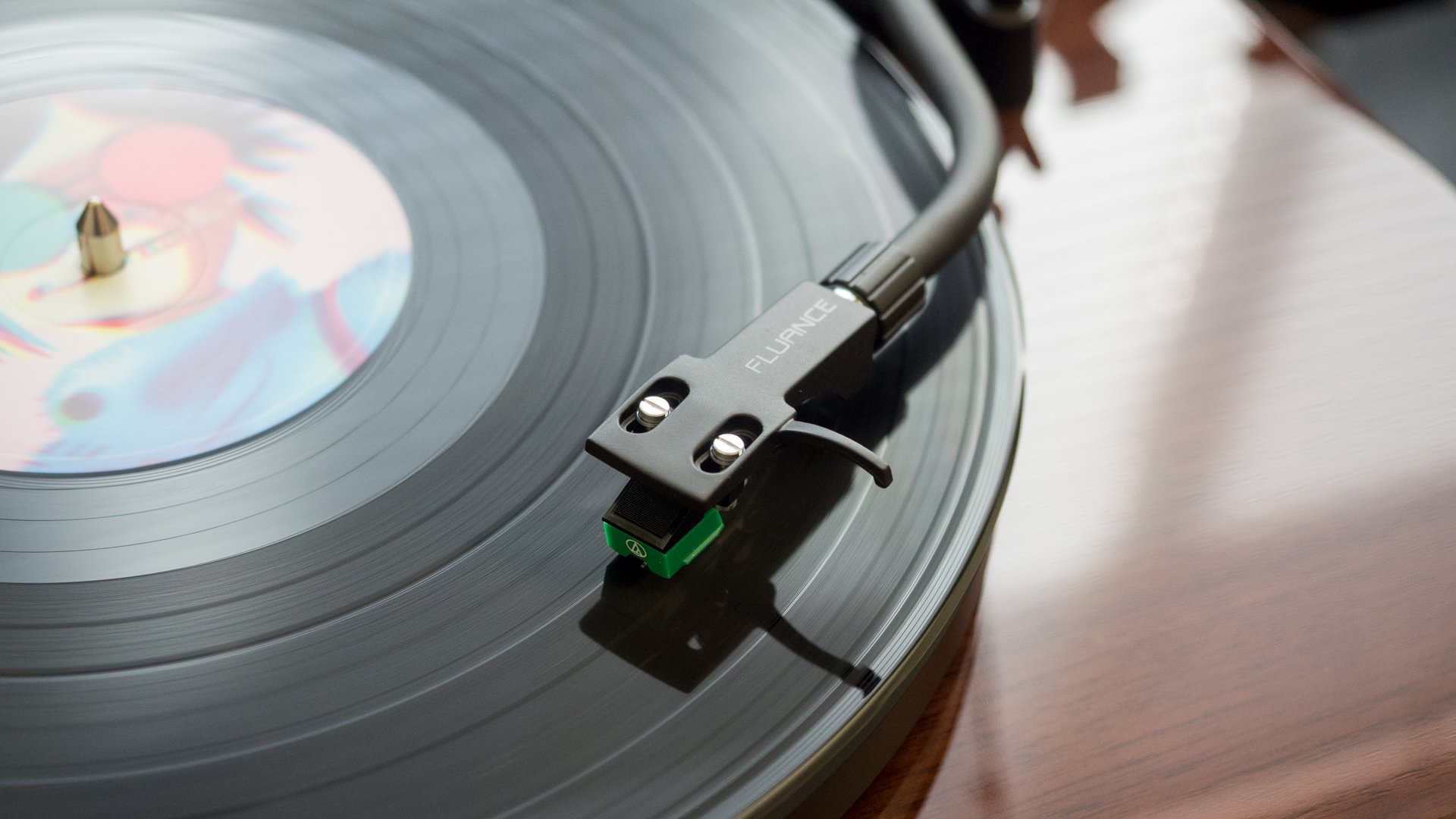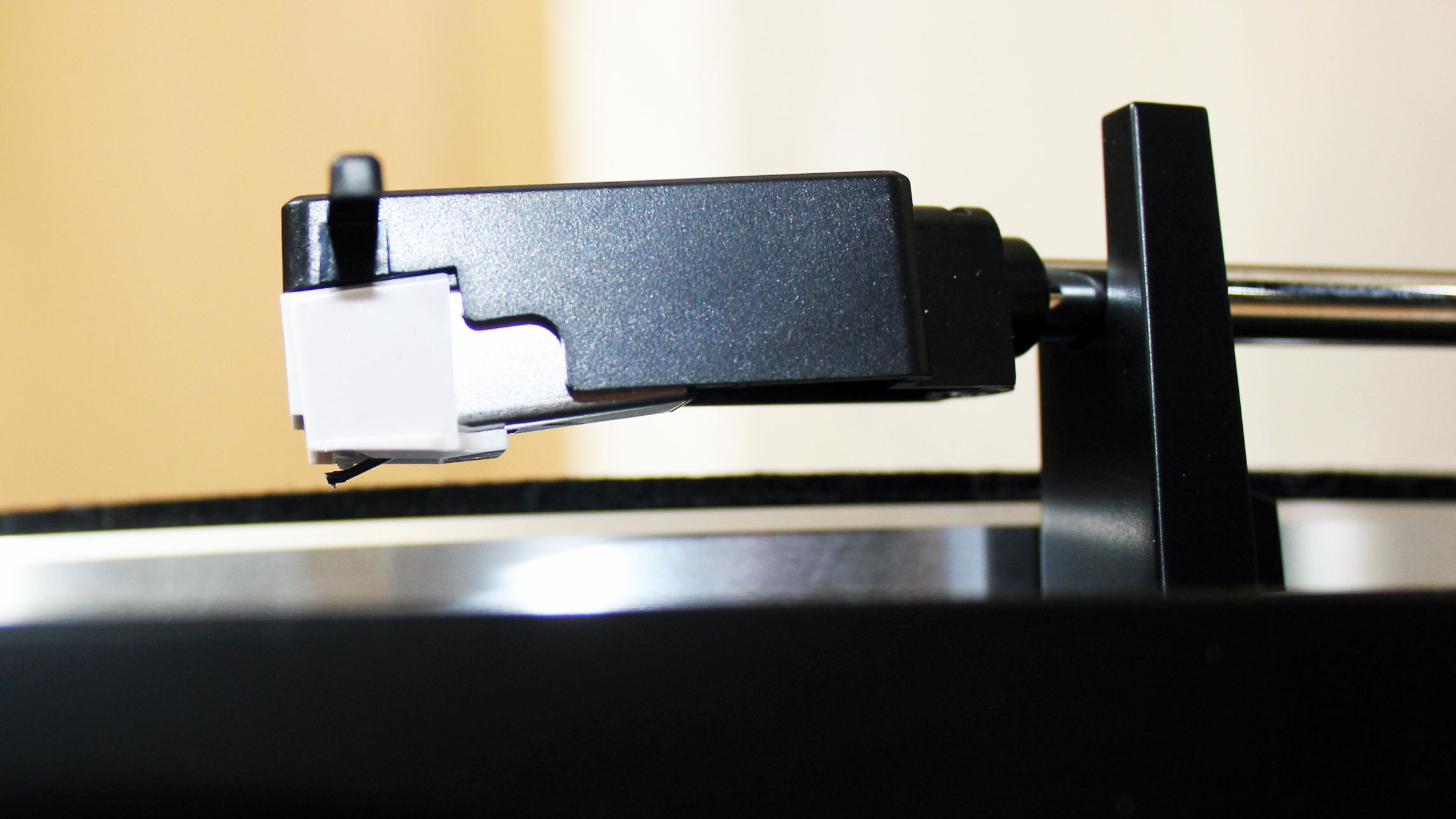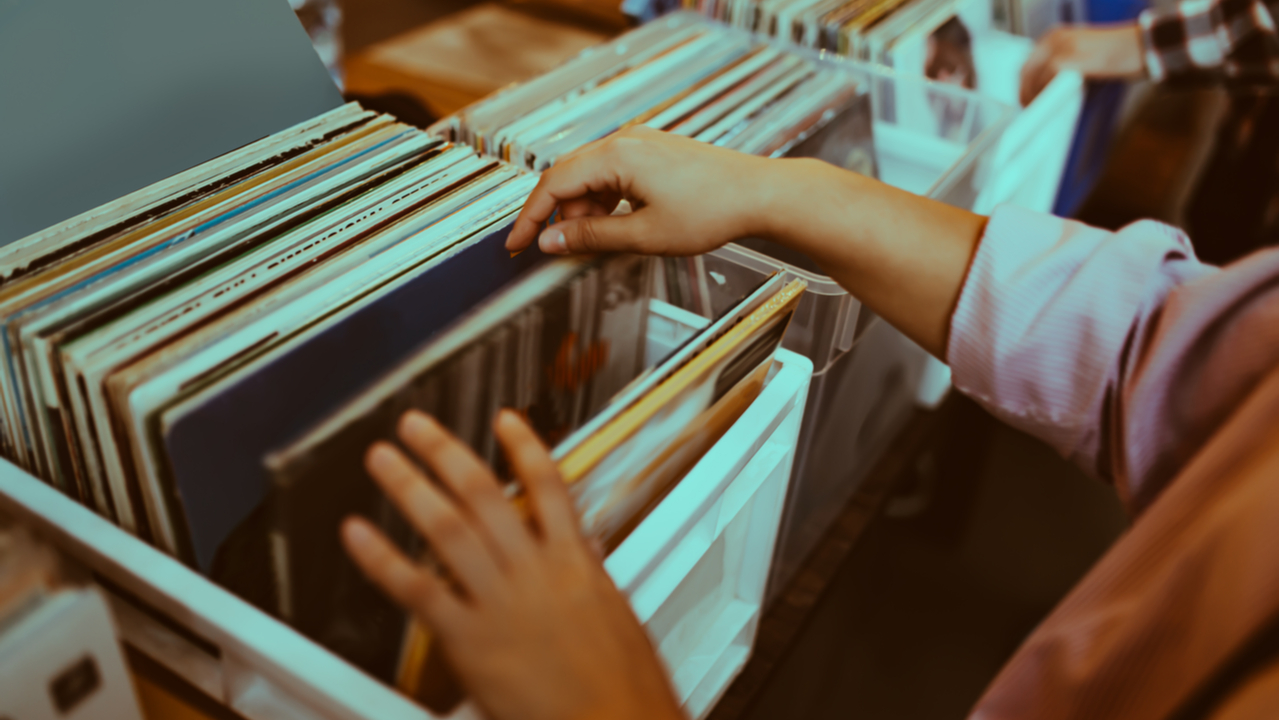How does vinyl work and is it really better than streaming from Spotify?
Vinyl is complicated, expensive, and inconvenient but we still love it

Over the past fifteen years, we’ve witnessed vinyl records making an incredible comeback.
According to Statista, LPs sales have grown twenty-fold since 2006 and accounted for 17 percent of album sales in the United States in 2018. Between 2011 and 2012, vinyl sales increased by a staggering 131.8%, and while momentum has slowed in recent years, there is still an upward trajectory.
Vinyl records have seen such an increase in popularity that there’s even a holiday created to celebrate the audio format: Record Store Day. The holiday, which started in 2007, typically takes place on a Saturday in April and on Black Friday to celebrate independent record stores.
This year, the festivities are being split over three dates; August 29, September 26, and October 24 in a bid to adhere to social distancing guidelines across the world.
Even so, we’re still expecting the holiday to bring together fans, musicians and record stores around the world with limited edition pressings of records available to buy (if you can snap them up quick enough).
The popularity of vinyl is undeniable, but why is it so popular and does it really sound better than streaming from Spotify? Let’s dig into how vinyl works, how it compares to streaming services, and if building a vinyl collection is right for you.
- Record Store Day 2020: everything you need to know
- The essential albums every music lover should hear
- The best turntables of 2020
- The top stereo speakers you can buy today
How do vinyl records work?
Without getting too deep into the science of how vinyl records work, the theory behind it is that sound waves are translated into a physical medium (vinyl records) via a cutting machine.
Sign up for breaking news, reviews, opinion, top tech deals, and more.
Vinyl records are an analog format, which means sounds waves are physically pressed into vinyl to store audio information. Think of vinyl as a rudimentary hard drive that can store a very limited amount of data.
Vinyl records can reproduce different frequencies of sound depending on how “stretched out” the sound wave is on the media. High frequencies have shorter waves while low frequencies have longer ones, requiring more physical space on a record to store that information.
Early vinyl records could only store a limited amount of audio data because low frequencies and loud sounds take up so much room. Additionally, low frequencies and loud sounds are difficult for a record player’s needle to track as deeper, wider grooves can make a needle jump and miss reproducing sounds correctly. High frequencies are also challenging to play back correctly as the close waves can make the record needle skim over the grooves.
As a result, the Recording Industry Association of America, RIAA for short, developed a standardized equalization curve in 1954, allowing records to not only fit more information but to reduce distortion from high and low frequencies as well. This is why you need a phono preamp, or phonostage, in order to playback records.
These little devices, whether baked into a turntable or as external boxes, allow records to sound as the recording engineers intended by applying the RIAA equalization curve and amplifying the tiny signal picked up from the record needle and cartridge.

How the turntable makes records sing
Now that you know how a record works, let’s discuss how a record player makes music. Let’s start with the phono cartridge and needle. The needle is a sharp tip, usually made of diamond, and is mounted to a cantilever, which is the long tip that protrudes out of the cartridge. The diamond tip tracks the grooves of a vinyl record and the cantilever, which is attached to a rubber mount, acts as a damper – sort of like a car’s suspension, to soak up horizontal and vertical forces, helping the needle track vinyl grooves better.
The needle tip and cantilever are connected to the phono cartridge, which houses a magnet with a series of copper coils that generate a very small electrical signal. That signal is the sound of the record, but since the voltage is so weak, it needs to be amplified by a phono stage or phono preamp before being played through speakers or headphones.
The entire phono cartridge is held onto the tonearm of the turntable, which is balanced by a counterweight to determine the proper tracking force. Different turntable arms and cartridges will require different vertical tracking forces (or VTF for short), which is the amount of weight on the needle that is required for the phono cartridge to track properly.
Last but not least, there’s the motor that controls the rotation speed of a record, which varies from 33 ⅓ RPM, 45 RPM, or the rare 78 RPM speed. The accuracy and stability of the motor, which in turn drives the platter, will determine how accurate music sounds. Even a single percentage change in speed can be perceptible to the ear as a fluctuation in pitch.

How records compare to the sound of streamed music
Comparing the sound of vinyl records and streaming music is difficult as there are huge differences in how music is reproduced in each format.
According to Mark Michalek, Brand Marketing Coordinator at home theatre company Fluance, “a proper vinyl pressing will reproduce an uncompressed signal with no additional artificial sound processing such as dynamic compression resulting in a greater effective dynamic range for a more life-like sound”.
I don’t think the question should be does vinyl sound better than digital, but rather, what musical experience do you want? It is like asking if a red merlot or white chardonnay is better.
McIntosh Group Co-CEO, Jeff Poggi
Digital music must be converted back into analog, as humans cannot perceive digital signals as music (however, there’s science to show that humans cannot differentiate the difference between analog and digital music).
The bigger difference between the two is how they allow us to enjoy the music. Streaming is undoubtedly more affordable and convenient, and audiophile streaming services like Tidal and Qobuz exist for Hi-Res Audio enthusiasts.
For most listeners, Spotify’s maximum 320 kbps streams are more than detailed enough. Audio quality will depend heavily on the speakers and entire audio chain. If you’re listening to music through your phone’s included headphones, you’re likely missing out on a lot of audio information.
Vinyl offers a much different listening experience than streaming. “The tangible touch and feel of the materials, and the ceremony of putting on a record and dropping the needle every 20-22 minutes, makes the listening experience especially interactive, connecting listeners more deeply with the artist, the equipment and the music,” says Brendon Stead, SVP of Product Development and Engineering at Sound United.
For vinyl collectors, there is magic and art to the fact that a rotating plastic disc can reproduce such lovely and rich sound. Of course, there’s always the thrill of the chase, pouring over sites like Discogs to locate that ultra-rare Frank Ocean record.

When we asked McIntosh Group Co-CEO Jeff Poggi if vinyl or digital was better and his response was, “I don’t think the question should be does vinyl sound better than digital, but rather, what musical experience do you want? It is like asking if a red merlot or white chardonnay is better.”
At the end of the day, it doesn’t matter how you enjoy music as much as the fact that you can. If you want the fastest, most trouble-free way to enjoy music, streaming is excellent. However, there’s an immense joy for some that want to invest the time, effort, and money into collecting vinyl and building a hi-fi set up that can last for generations to come.
But who says you have to choose? According to a survey conducted by ICM Unlimited, half of consumers say they streamed an album online before buying a vinyl copy. Today, consumers are spoiled for choice by the number of ways they can enjoy music. Pick the one, or a few, that speak to you and don’t let anyone tell you that the way you’re enjoying music is “wrong.”
